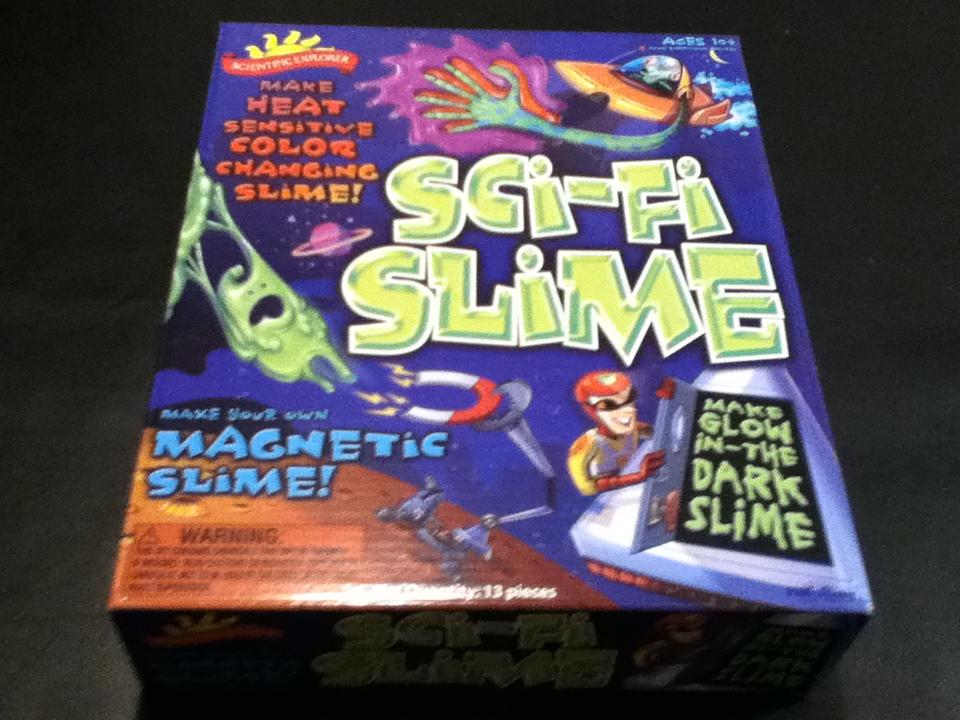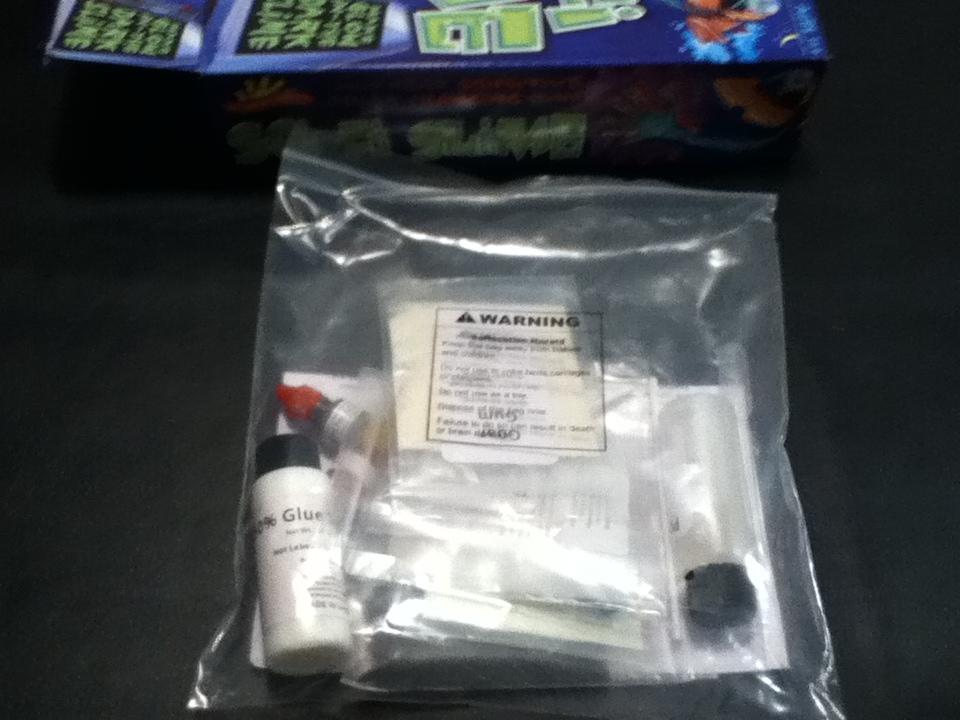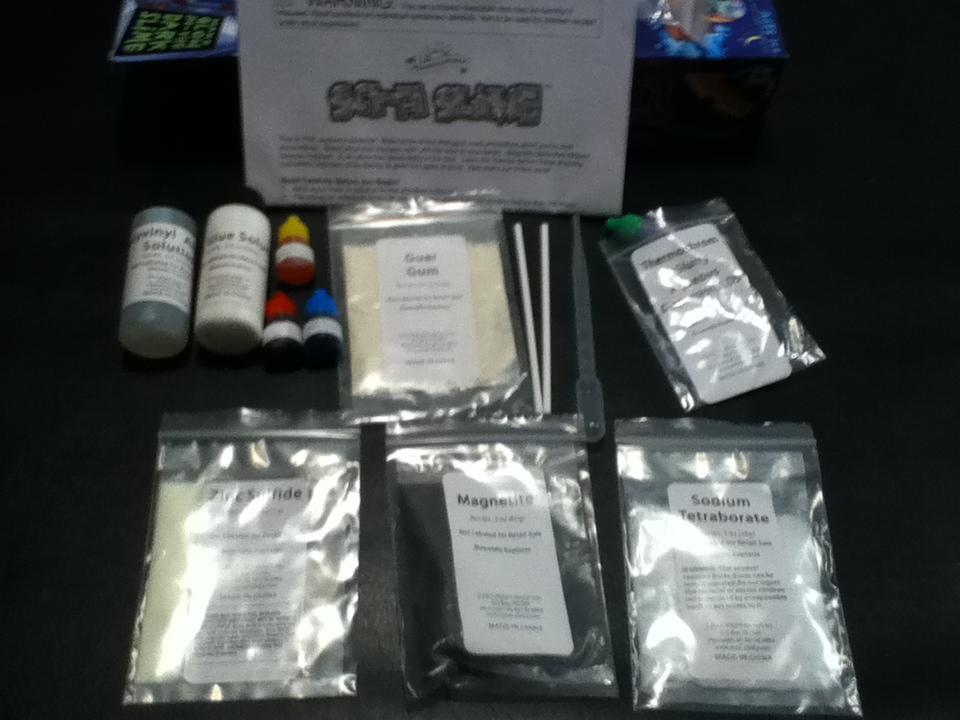Open Source Hardware
Open Source Hardware, more properly called Open Design, was made famous (I think) by Limor Fried (a.k.a. Lady Ada) and Adafruit Industries. The concept is simple, give away your designs for free (examples here and here), and people who want to build your designs can purchase all the parts on their own or buy a complete kit with all the parts included from you. It turns out that you would more likely pay more in shipping trying to get all the parts from different suppliers or pay more in gasoline driving around town to get all the parts than you would if you simply purchased a kit with all the parts.
When you are designing your kit, then, make it open design and post it up on your website. The advantage is that you can go into greater detail about the experiment than you can in the printed manual for the kit. Also, you can take advantage of multimedia such as text, still photography, video, diagrams, animations (here's an example), as well as software. For an example of how software can be included, go to this page, find the text that says “play with the capacitor Circuit Simulator Applet,” and then click the link that says “click here.” Since there are dozens of companies that sell lab ware, chemicals, electronics, etc. already that you would include in your kit, when you give away your experiments for free, it still ends up being less expensive for your customers to buy the chemicals, labware, etc. as complete kit from you. You are buying the parts wholesale, they are paying retail and shipping or, if they are buying locally, they are still paying retail, and local sales tax, and gasoline costs).
Few companies can survive on one product. The good news is there are plenty of science kits out there that you can sell.
I had a similar chemistry set to this one when I was a kid:

At the bottom of the compartment between the scales and the test tube rack just below the eye dropper and the blue plastic scoop is a vinegar and baking soda rocket (think of a white plastic 15ml conical centrifuge tube with fins). On the left hand side of the picture to the right of the alcohol burner and below the test tube clamp is the cap for the rocket. The cap has a wide base to stand the rocket upright on the cap. I don’t recall if acetic acid and sodium bicarbonate were included as chemicals in the set, but if they were, I used them up right away and had to raid the cupboard for vinegar and baking soda. My friends and I spent most of the afternoon playing with this little rocket. It might be a good idea to include a similar rocket in your kit. Of course, on your website you could sell this rocket separately:
http://poof-slinky.com/product/meteor-rocket/
In my previous article, I demonstrated how to build a test tube rack out of K’nex. At the end of the article I suggest the inclusion of enough additional K’nex parts to model DNA according to this paper. Of course, K’nex also makes a DNA modeling kit that you can sell separately:
http://www.knex.com/Shop/product.php?productid=16790
Making chemical slime and “thinking putty” is fairly easy. You can include the following on your kit:
Sodium tetraborate (borax)
Guar gum (a thickener like cornstarch)
Iron oxide powder (an example use is paint pigment)
Polyvinyl alcohol (Elmer’s gel glue)
Polyvinyl acetate (Elmer’s white glue)
Chemical slime and thinking putty are a fun introduction to polymer chemistry. On your website you could include this kit to be sold separately (Poof-Slinky generously provided a reviewer’s sample of their Sci-Fi Slime kit):



Additional experiments in this kit include:
Zinc Sulfide (glow powder)
Magnetite powder (to make magnetic putty and ferromagnetic liquid)
Thermochromatic pigment and food coloring for slime that changes color with temperature.
Click here to view the instructions for the kit.
I think I can come up with some additional experiments for the Sci-Fi Slime kit using the left over chemicals such as the thermochrmatic pigment and food coloring.
The Sharks (remember the first sentence of this article?) might turn their noses up at the idea of Open Design. Indeed, it would be unlikely that they would invest in such a business. The advantage of going on Shark Tank is the exposure for your science kit, that is, the free publicity. If you do consider signing up for Shark Tank, here’s some advice from Erin Whalen.




Comments